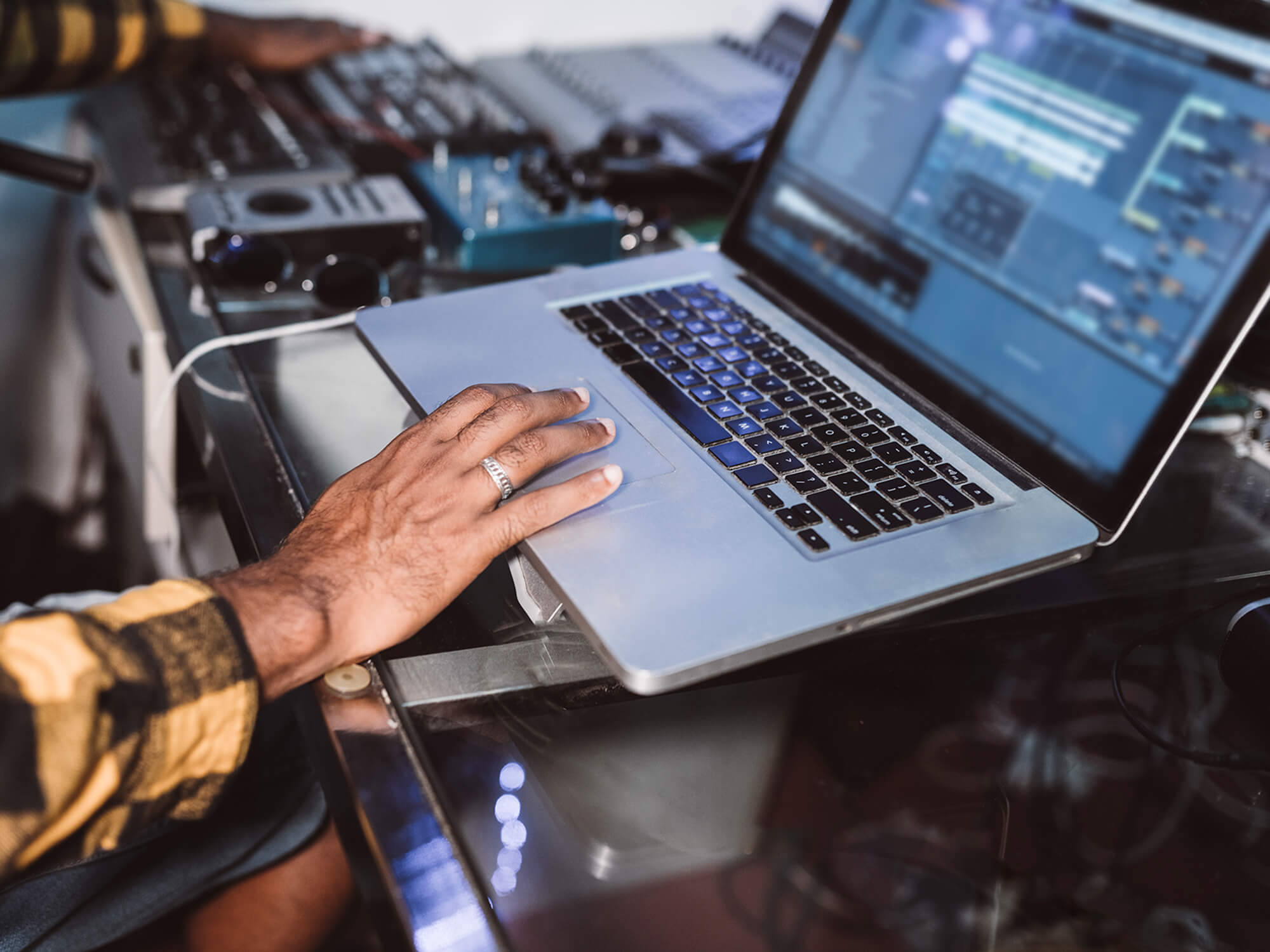Why are producers sharing screen captures of their DAW on YouTube?
Not quite ‘Ableton Live projects to study and chill to’, but pretty close.

Image: Jose Carlos Cerdeno Martinez/Getty Images
Uploading music to streaming services is a breeze in 2024. Opening the DAW to your producer buddies, though, so you can them how you layered that vocal part or created an intricate synth patch, is impossible on Spotify and Apple Music. It’s no surprise, then, that traditional producers are following the moves of their younger peers, who regularly post screen recordings on TikTok from BandLab and FL Studio to show off a new production technique. YouTube is still one place to find long-form tutorials, but it’s also one of the platforms to join in on viral trends.
READ MORE: No, Daniel Ek, the music industry isn’t like professional football
My YouTube homepage is overflowing with videos by Klaus Veen, Virtual Riot, Azali and similar producers. Their videos aren’t influencer-style. There’s no presenter, no dialogue, and no high- (or low)-production camerawork. It’s just a screen recording of a DAW playing a new track and — if you’re lucky — some text that describes what’s happening in the project. So simple, so enthralling.
These videos are racking up hundreds of thousands of plays, some even more, and the comment sections are nothing short of inspiring. People are actually having interesting discussions about the project in the video. Producers are cracking nerdy jokes about the techniques. Others stumbling upon the video are begging for the work to be put onto streaming services (for better or worse).
And it gets better. When one user, ixer, released their video ‘I think I broke the amen’ — a tracker-style chop of the amen break — other producers tried it out for themselves. Virtual Riot got involved, which inspired hundreds more beatmakers to slice up the break, kickstarting a fun trend that brand community managers could only dream of starting.
Another mesmerising Virtual Riot video, ‘I heard you like polyrhythms’, has over one million views and is almost eight minutes of intrigue. The creation is so masterful that it’s encouraged other producers to try and break down how Virtual Riot did it so that you can do it too. It also started another trend, obviously.
Then there’s the Daft Punk Face to Face breakdowns. For several years, producers have been hunting down samples and, every time a new one is discovered, they’ll place it into an Ableton Live session and record the results. Last year, the community of Daft Punk fans finally cracked it.
Education lies at the heart of this movement. Everyone loves a YouTube tutorial. Hell, we’ve made hundreds. TikTok has them aplenty, too, with creators showing viewers how they make tracks in Ableton in just a couple of minutes. Or, in the case of the Soulja Boy Crank Dat speedrunning trend, in 17 seconds.
@prodrobtmb First ever sub 17 Soulja Boy Crank Dat #producer #producertok #beats #beatmaking #flstudio #rap
But these long-form screen captures are different to your average presenter-style tutorial — they cut the long-winded intro speech and just get into it. They open up their effects chains, show their synth patches, reveal their piano rolls and don’t mess around. You can divulge tons of information from those small acts alone. You might even find yourself asking more questions than you had before, leading you to learn new music production secrets.
Browser-based DAWs and music creation platforms are already fulfilling this demand. BandLab and Soundtrap, for example, let you create and collaborate on projects in real time, giving your friends a free look into your production and recording choices. You can learn from one another, online, as you create a track together. You can share your project with your network of followers, letting them Fork the track (on BandLab) and make edits on their own copy of your project.
Github does this for the coding community, too. You can share your code, take suggestions on edits, and collaborate with peers on improving it.
YouTube has long been the place for people to share their music. Uploading screen caps of a DAW isn’t new either; but these new viral trends make it encouraging to see producers comfortable using these platforms to collaborate and mainstream the idea that music is better together.
[Editor’s note: BandLab Technologies and MusicTech are both a part of Caldecott Music Group]